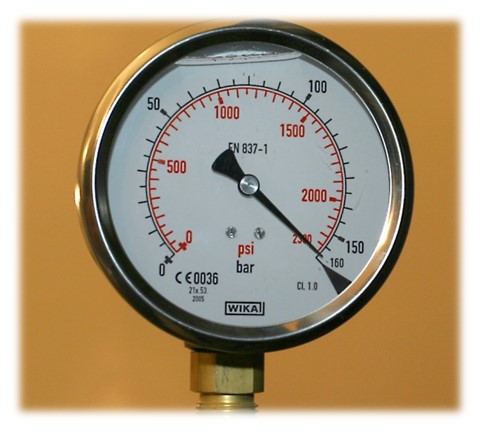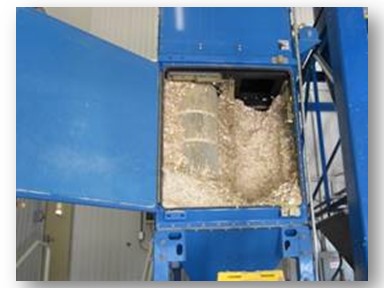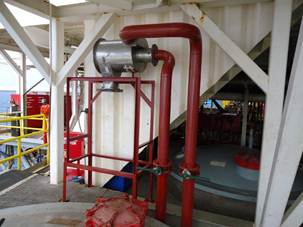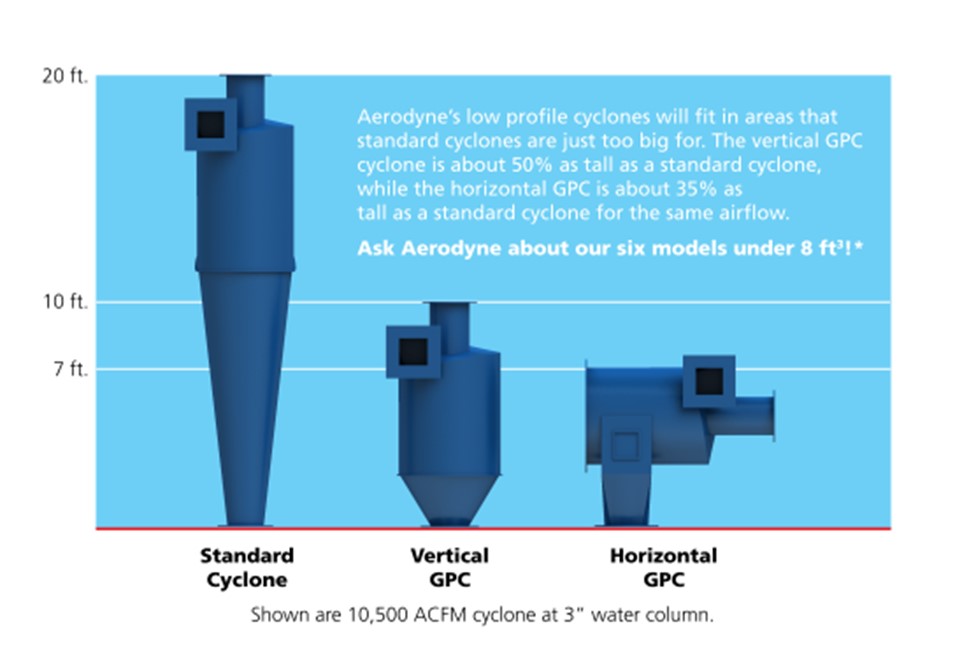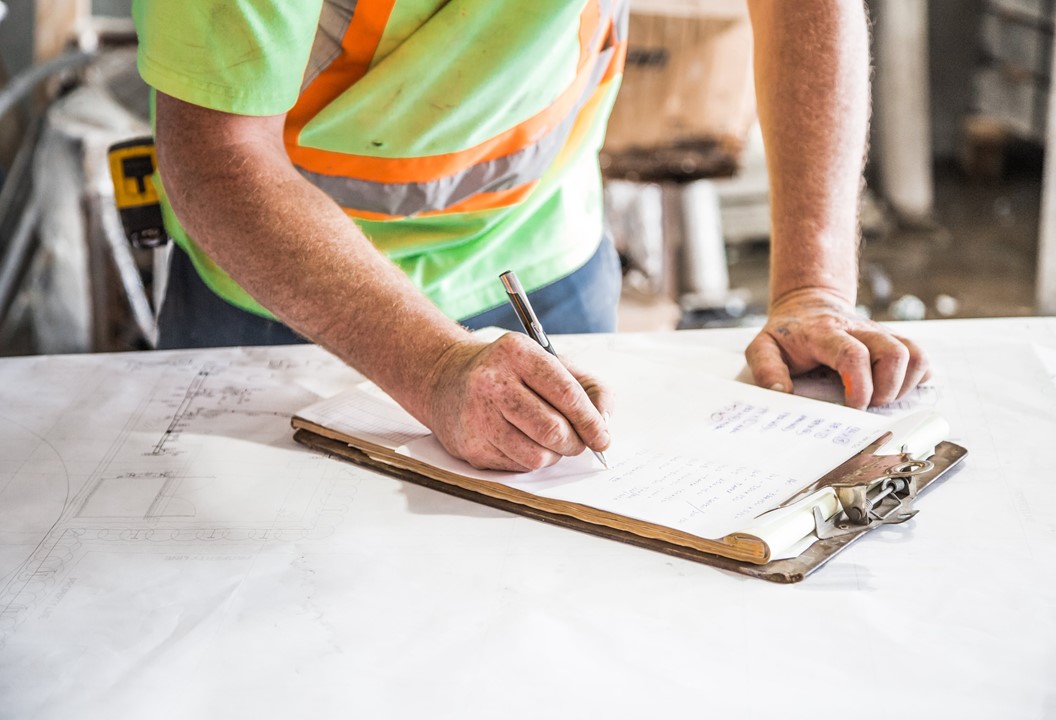When selecting the best cyclone for your process, there are many different factors that affect the sizing and cost of the cyclone. The cyclone must be sized so that it handles the airflow of the system and components. The proper design for the required removal efficiency must be used. The process will also dictate the materials of construction and special requirements. The location where the cyclone will be installed will influence the cyclone orientation. Cyclones aren’t a stand-alone piece of equipment; support equipment is required for proper operation. Therefore, the scope of supply will affect the cyclone costs and design. The following is a brief description of the different elements that affect cyclone sizing and pricing.
Part 1: Airflow and Pressure Drop
The most basic (and important) thing that affects the sizing of a cyclone is the airflow the cyclone will see. Cyclones are a mechanical separator without any moving parts. They are designed in such a way that the more air you put through the cyclone the greater the pressure drop the air will experience going through the cyclone. To understand this better, a quick review of how a cyclone works will be beneficial.
Air enters a cyclone near the top of the cyclone. The inlet is designed so the air will rotate around the walls of the cyclone heading down towards the hopper. This creates centrifugal forces which send the heavier, larger particles out towards the walls. Once the air gets down to the hopper, the air goes through a process called vortex reversal. This means the air turns 180° and goes up through the middle of the cyclone. The air outlet is located on top of the cyclone. Often times, the air inlet of the cyclone is located on the tangential, while the cyclone outlet pipe helps form the centrifugal motion.
The greater the airflow through a cyclone the higher the pressure drop the cyclone will have. So a cyclone will have different pressure drops for different airflows through it. The pressure drop is not dependent on material loading or cleaning cycles. The chart shows the pressure drop an Aerodyne GPC-24 will have at a variety of airflows.
When picking a cyclone for your application, you will have to figure out what pressure drop you want through the cyclone. With a lower pressure, you will have a smaller fan and larger cyclone. Smaller fans will have lower initial and operational costs while larger cyclones have greater initial costs.
5 Signs Your Dust Collection System Needs a Pre-Filter
Watch the video from the Dust Efficiency Clinic discusses how using a pre-filter will optimize your dust collection system.
If you prefer this valuable information in white paper form, get our whitepaper, Top 5 Reasons to Use a Cyclone as a Pre-filter.
To learn more about which dust collector, please contact our experts at 440-543-7400 or visit our website: www.dustcollectorhq.com.
To improve efficiency and safety, there is no substitute for an on-site inspection by an experienced expert. Click below to start with a free 20-minute phone consultation by clicking the button.

